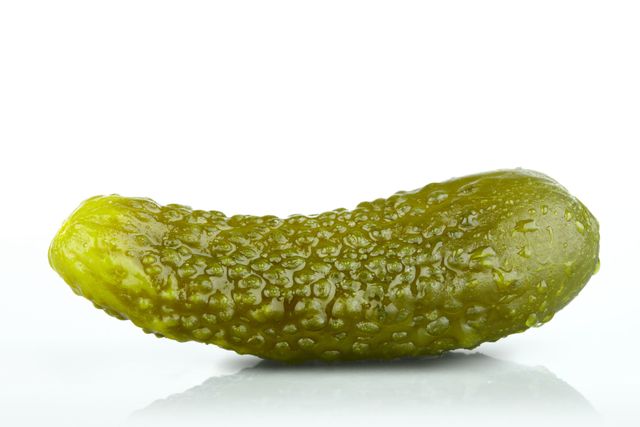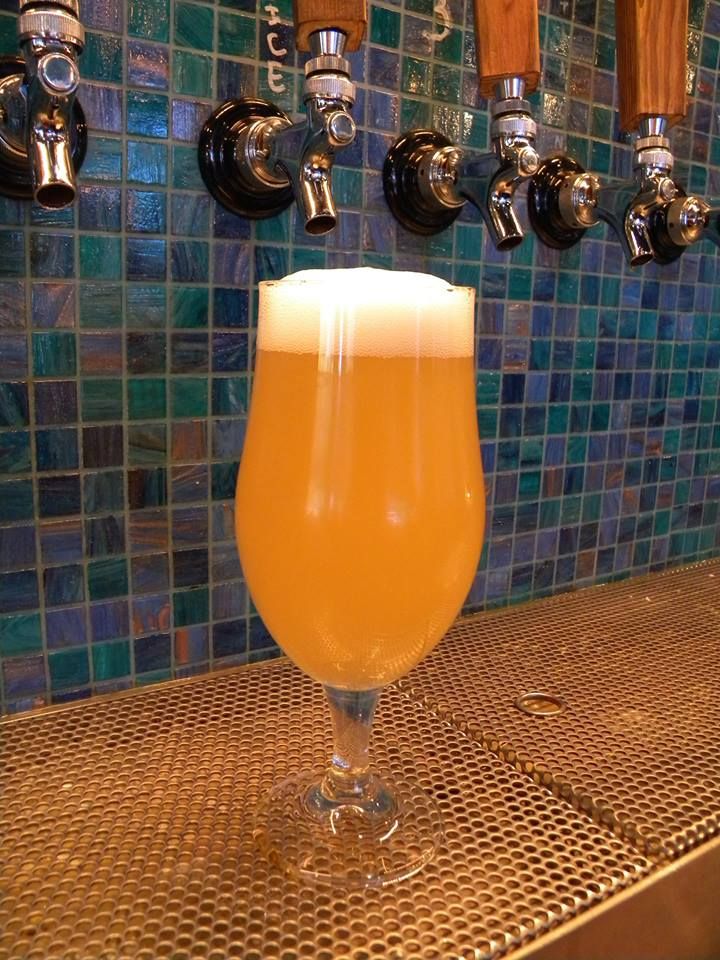What turned out to be this summer's hottest beer ingredient? Well, hops by the truckload as usual. But after that, came a bit of a surprise—cucumber.
But if you've ever had a thirst-quenching glass of cucumber-infused water, you'll likely understand why. As Tyler DuBois, co-founder of The Real Dill pickle company, explains, "cucumber has a mild melon-like flavor and it's very refreshing."
Building up over the last two years, hundreds of cucumber-laden beers have been brewed into existence. But until recently, none impressed us enough to dispel these brews as just a passing fad. Then we tried the tart, salty Birth of Cool, and everything changed. Where so many cucumber beers taste like hoppy or bready melon water, this ale carried the essence of biting into a crisp pickle, complete with a briny finish.
The beer was the brainchild of DuBois, who'd previously partnered with Great Divide Brewing's Taylor Rees to make IPA-inspired pickles with barley and hops. The two became friends, and when Rees eventually opened his own operation in 2015, Denver's Spangalang Brewing, DuBois suggested he try making a pickle beer for the brewery's first summer.
Luckily, it turns out there's a perfect beer style for handling such a briny brew. Called a gose, this centuries-old German wheat beer was practically extinct a decade ago. But the hazy, acidic concoction has experienced recent resurgence thanks to the booming popularity of sour beers. Part of the appeal for brewers is that while some tart ales can take up to three years to mature, the gose needs just two weeks due to a lactic fermentation that takes just two days (or less).
Several beer styles use a lactic fermentation, but the gose is set apart by the addition of salt. This gives a gose the same sort of satisfying appeal of another mildly sour and salty drink, the Bloody Mary.
"It was a no brainer when Tyler suggested it," says Rees. "The fresh cucumber plays well with the acidity and lacto character, and the tartness and salinity of the style lend it to a pickle character."
Compared to your average ale, there are two big difference in how a pickle beer like the Birth of Cool is brewed. First, to create the lactic acid sourness, Spangalang boils the wort (unfermented liquid with sugars from the barley) for just 10 minutes to sanitize it. Then, instead of boiling another 50 or 80 minutes and adding bittering hops, they cool it to 118 degrees, remove the oxygen by pumping in CO2, and then add a lactobacillus culture — an anaerobic bacteria that produces lactic acid. After 48 hours of letting the bacteria do its work, they fire the kettle back up, add hops, boil, and send the wort to the fermenter with yeast to become beer.
The second unusual steps begins a week later. DuBois and his crew put 120 pound of Kirby cucumbers through their juicer to create a potent juice. They let the liquid sit for five days to let the pulp settle out, and then Rees' team adds it to the nearly-finished beer, along with pickling salt and coriander. The pickling salt, says Rees, also happens to lend itself to beer because the finer grain dissolves more easily. And coriander, like salt, is simply a traditional ingredient in gose beers.
That fresh-juiced cucumber, however, is what sets the Birth of Cool apart from its green gourd-infused peers. The liquid joins the beer just a day before it's kegged and served.
Unfortunately, if you want to enjoy a glass of the pickle-epitomizing beer, you'll have to visit the tap room in Denver. The young brewery operates on a small scale, producing just 20 kegs per batch. But know that if you make the trek, you'll at least be rewarded with the most refreshing drink in one of America's greatest beer towns.














